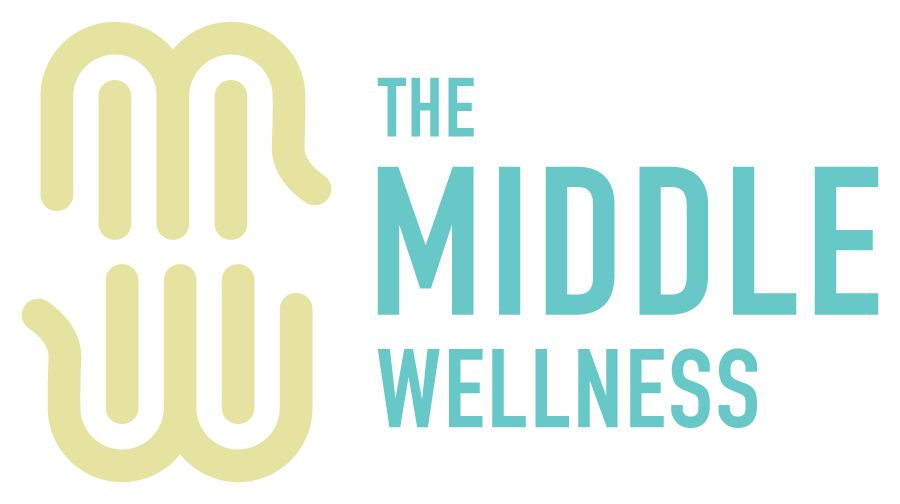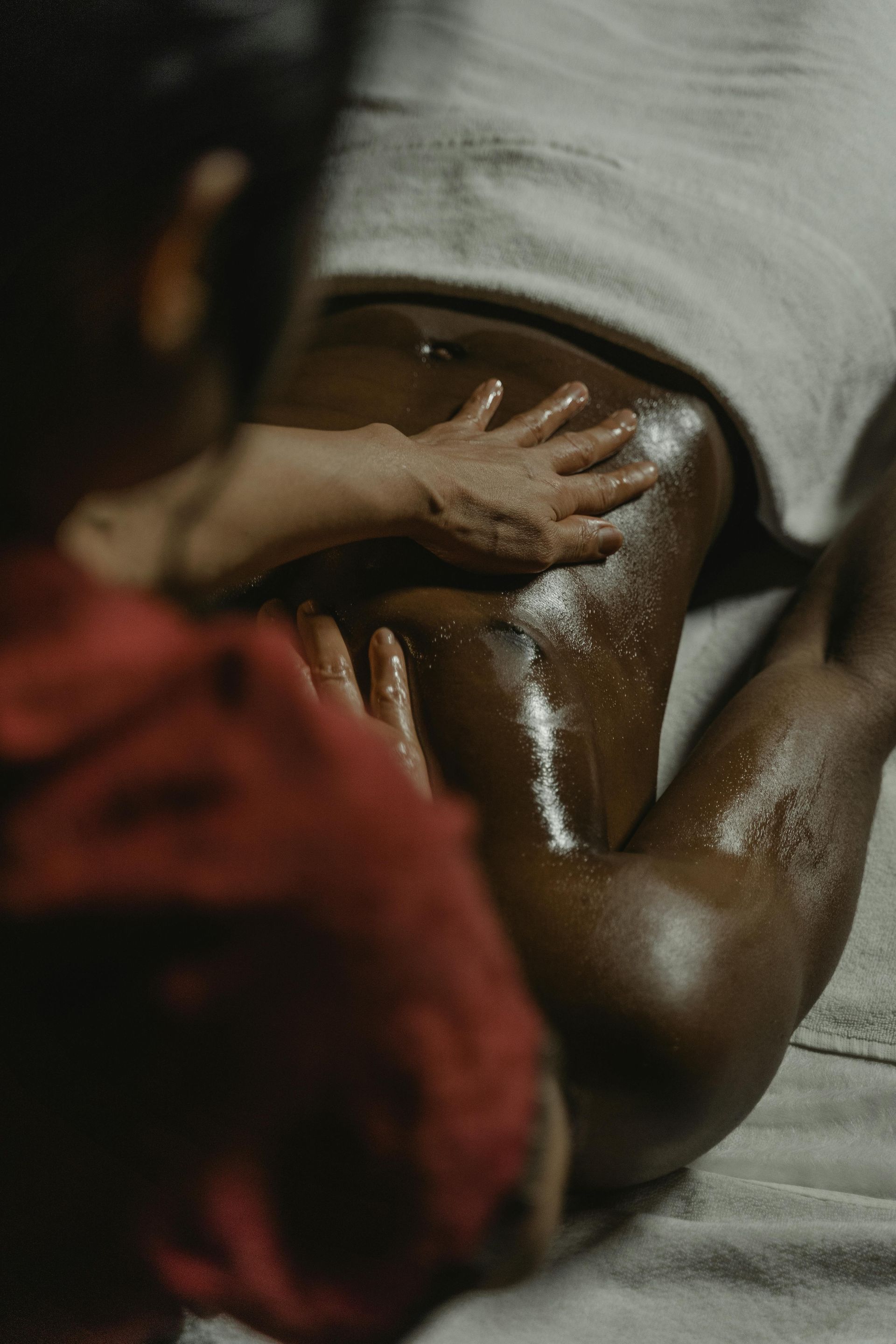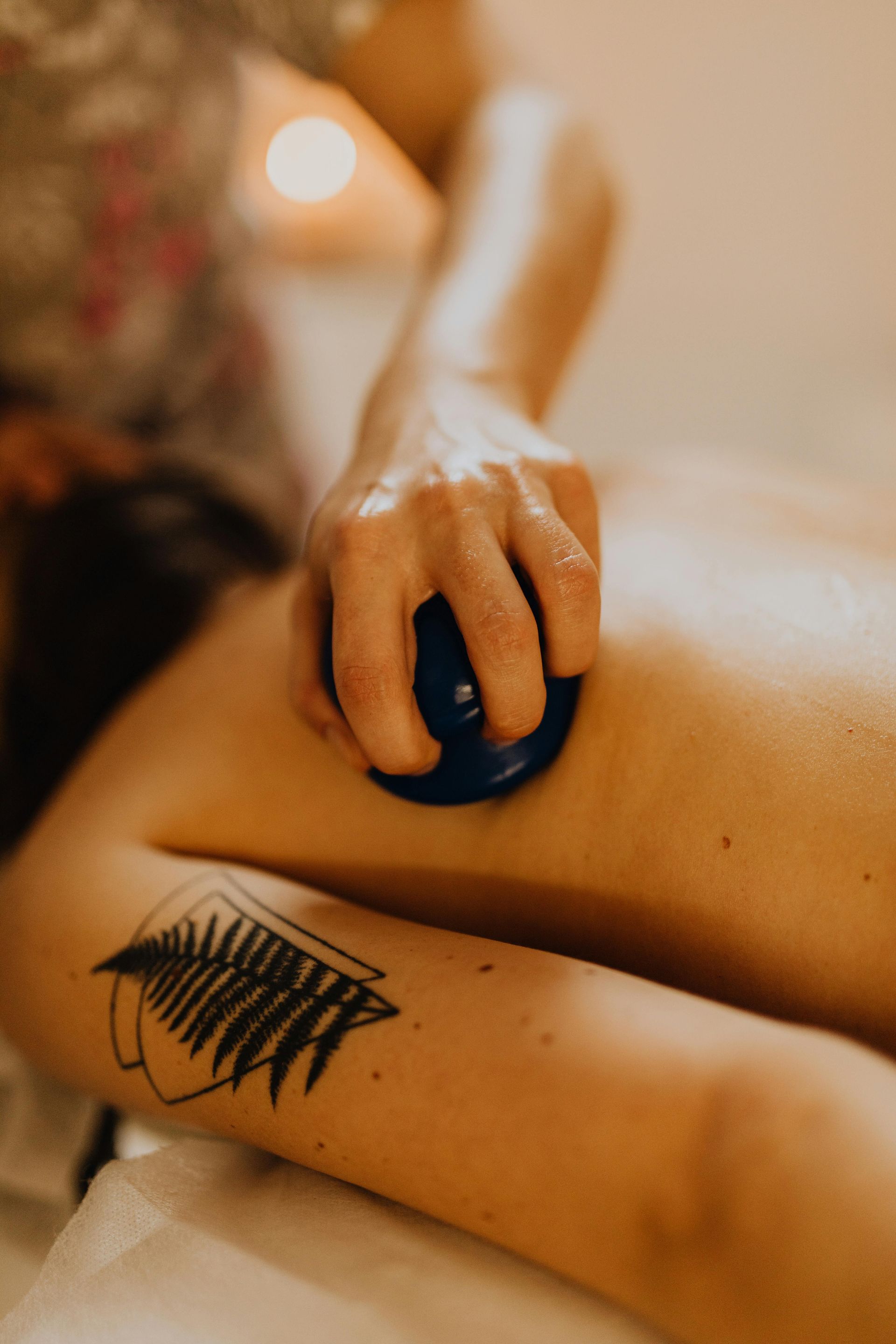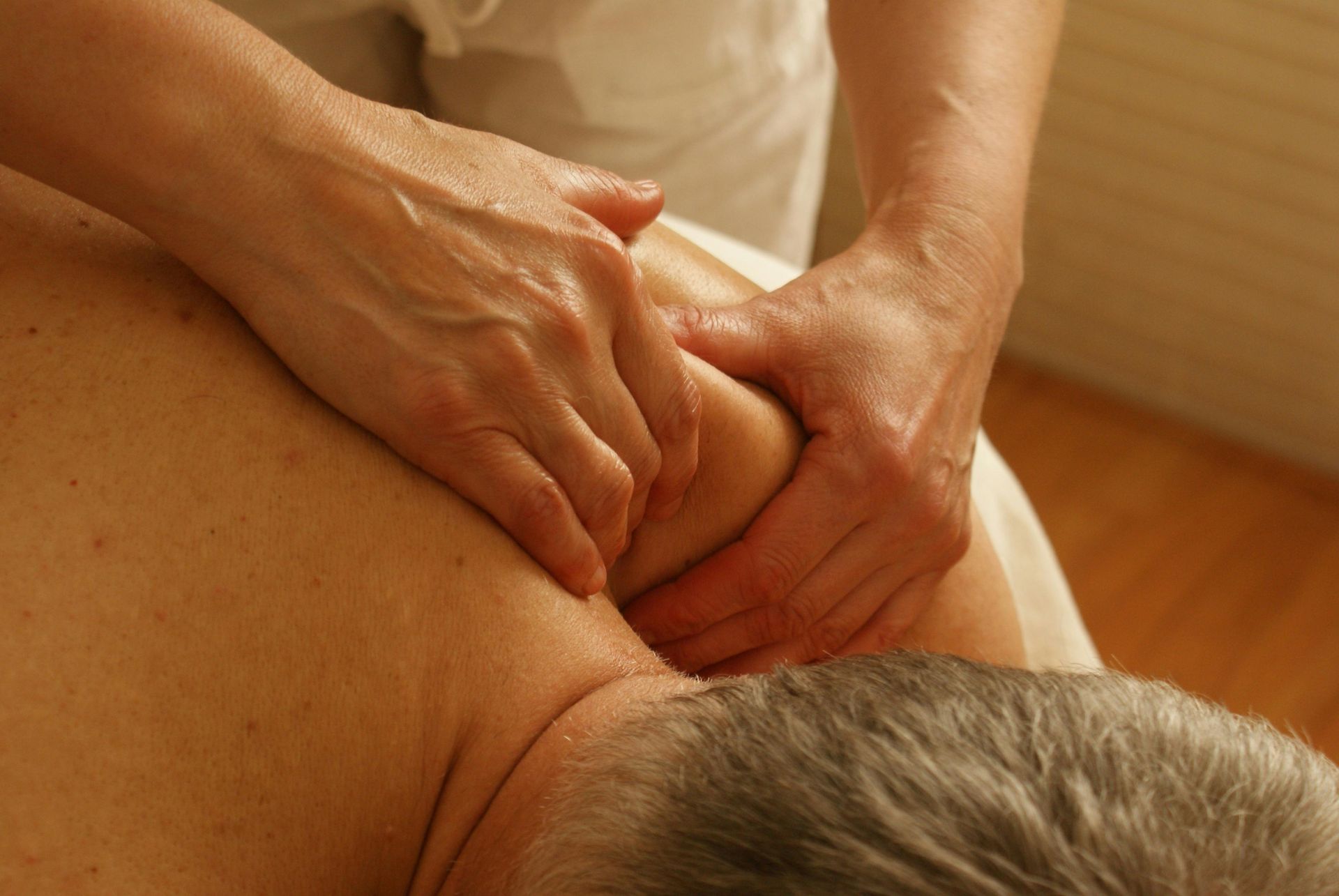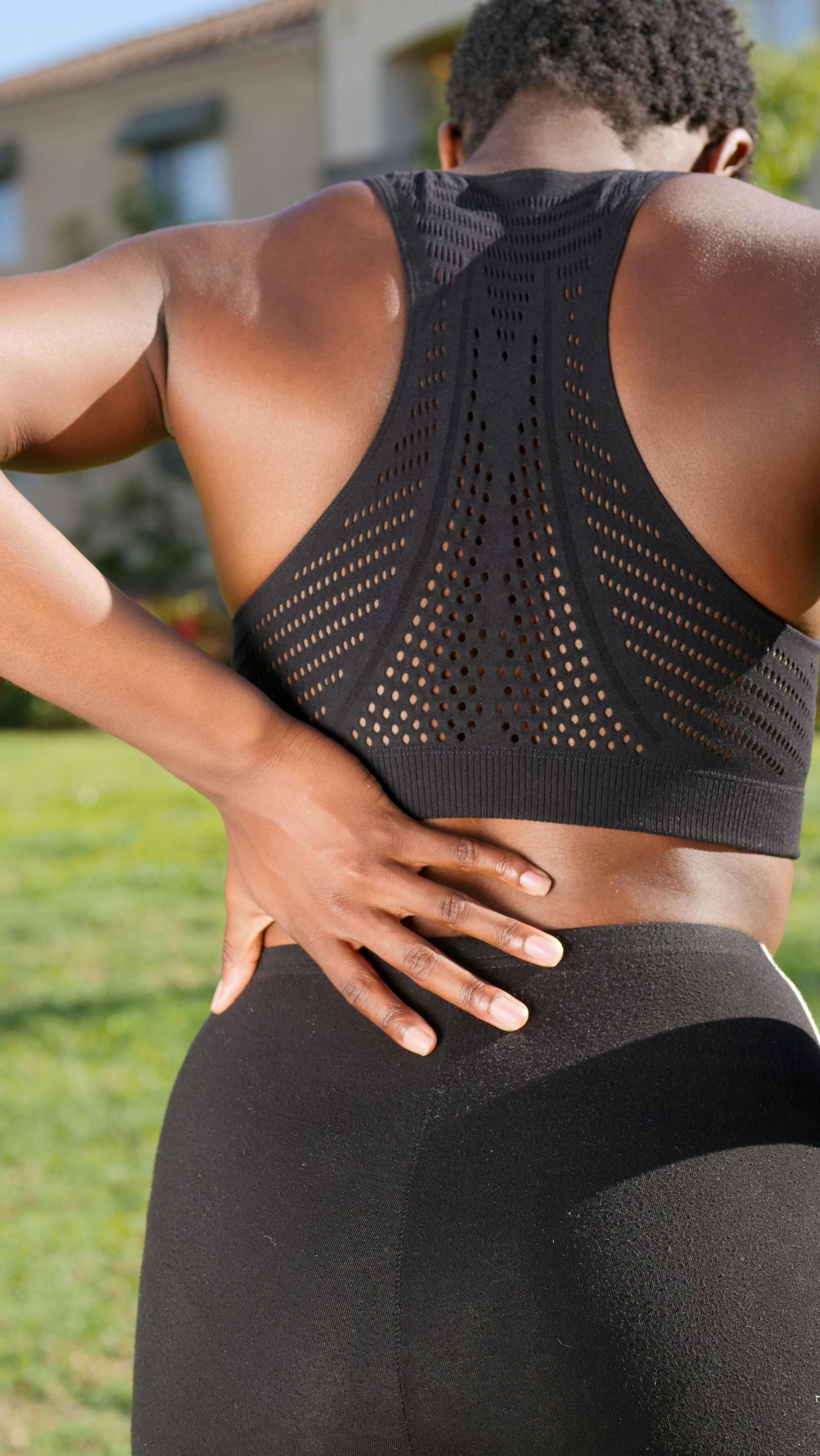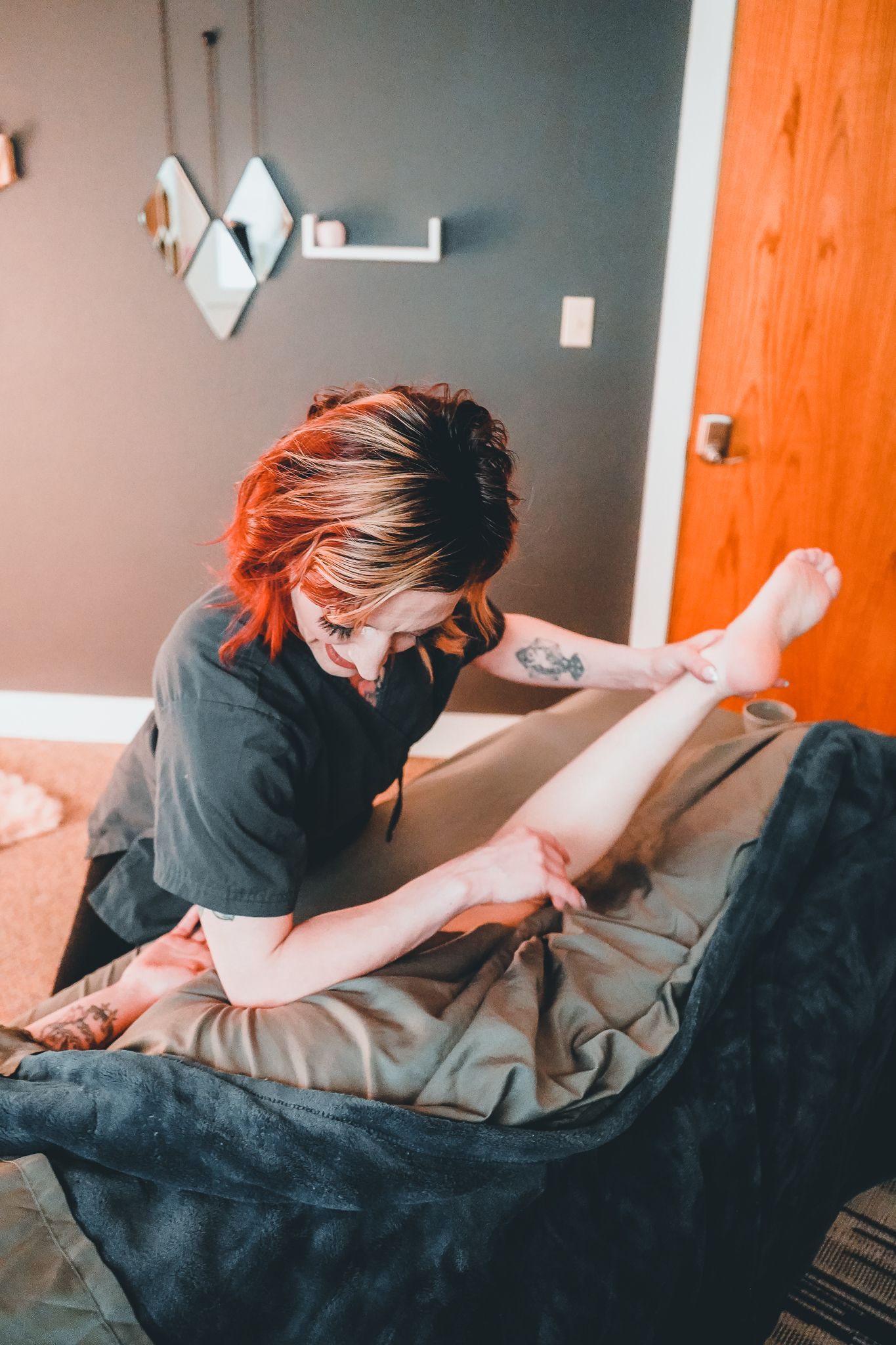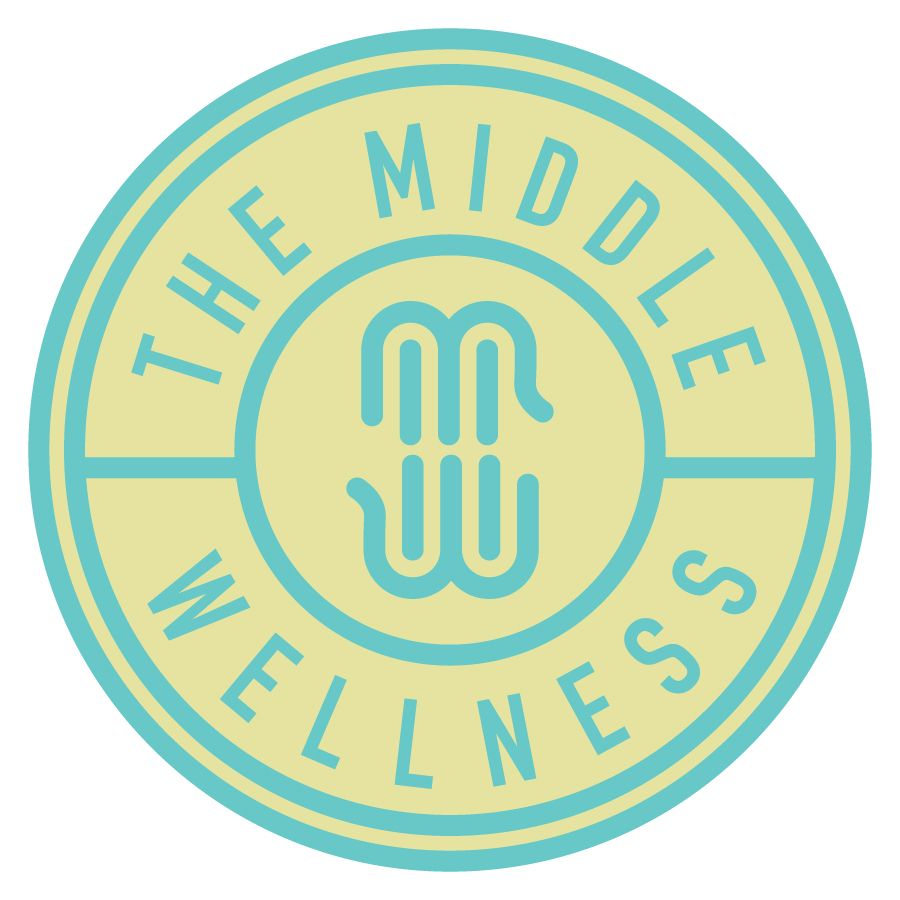Understanding Cupping Marks
What Are They? What Do They Mean?

Cupping therapy is an ancient healing technique that has gained popularity in recent years. It involves placing cups on the skin to create suction, which helps to promote blood flow and relieve muscle tension. One of the most distinctive aspects of cupping therapy is the appearance of marks or discoloration on the skin after treatment. We will explore what those marks are, why they occur, and what they indicate about the body's response to the treatment.
What are Cupping Marks?
Cupping marks, also known as cupping bruises or suction marks, are the circular or oval-shaped discolorations that appear on the skin after cupping therapy. These marks can vary in color, ranging from light pink or red to dark purple or even black. The intensity and duration of the marks depend on various factors, including skin sensitivity, the amount of suction applied, and the duration of the session.
Why do Cupping Marks Occur?
Cupping marks occur due to the suction effect created by the cups during the therapy. The suction draws blood to the surface of the skin, causing capillaries to rupture or leak. This leakage of blood and other bodily fluids creates the discoloration or bruise-like marks on the skin. The intensity of the marks can indicate the level of stagnation or congestion in the underlying tissues.
What do Cupping Marks Indicate?
Stagnation and Congestion: The presence of darker or deeper cupping marks can indicate areas of stagnation or congestion in the body. These marks suggest that there may be blockages or imbalances in the flow of energy or blood. By targeting these areas, cupping therapy aims to promote movement, restoring balance and relieving discomfort.
Toxin Release:
Cupping marks can also indicate the release of toxins from the body. The suction effect helps to stimulate the lymphatic system, which plays a crucial role in eliminating waste and toxins from the body. The appearance of cupping marks may suggest that toxins are being drawn to the surface and eliminated through the skin.
Healing Response: In some cases, cupping marks may not indicate any underlying issues but rather a healthy healing response. The marks can be seen as a sign that the body is responding to the therapy and initiating the healing process. They may fade within a few days, indicating that the body has effectively cleared any stagnation or congestion.
Conclusion
Cupping marks are a common occurrence in cupping therapy and are a visual representation of the body's response to the treatment. While they may appear similar to bruises, cupping marks have different underlying causes and meanings. These marks can indicate areas of stagnation, congestion, toxin release, or simply a healthy healing response. It is important to remember that cupping therapy should always be performed by a trained professional to ensure its safe and effective application. If you have any concerns about cupping marks or their significance, consult with your massage therapist for more information.
THE MIDDLE WELLNESS CENTER
2829 North Avenue, Unit #101
Grand Junction, CO 81501
Hours:
By Appt ONLY
Mon-Sat: 9am-5:30pm
Sun: Closed
Site Powered by Website Design Grand Junction
